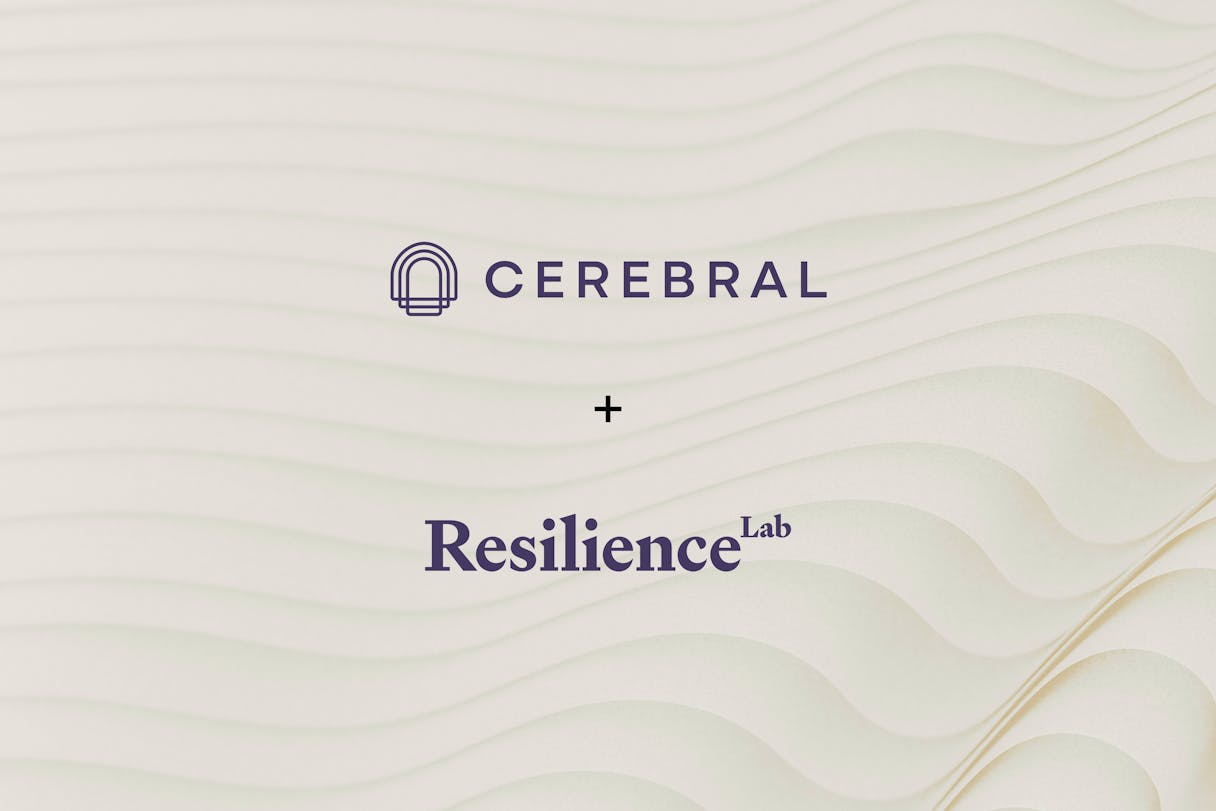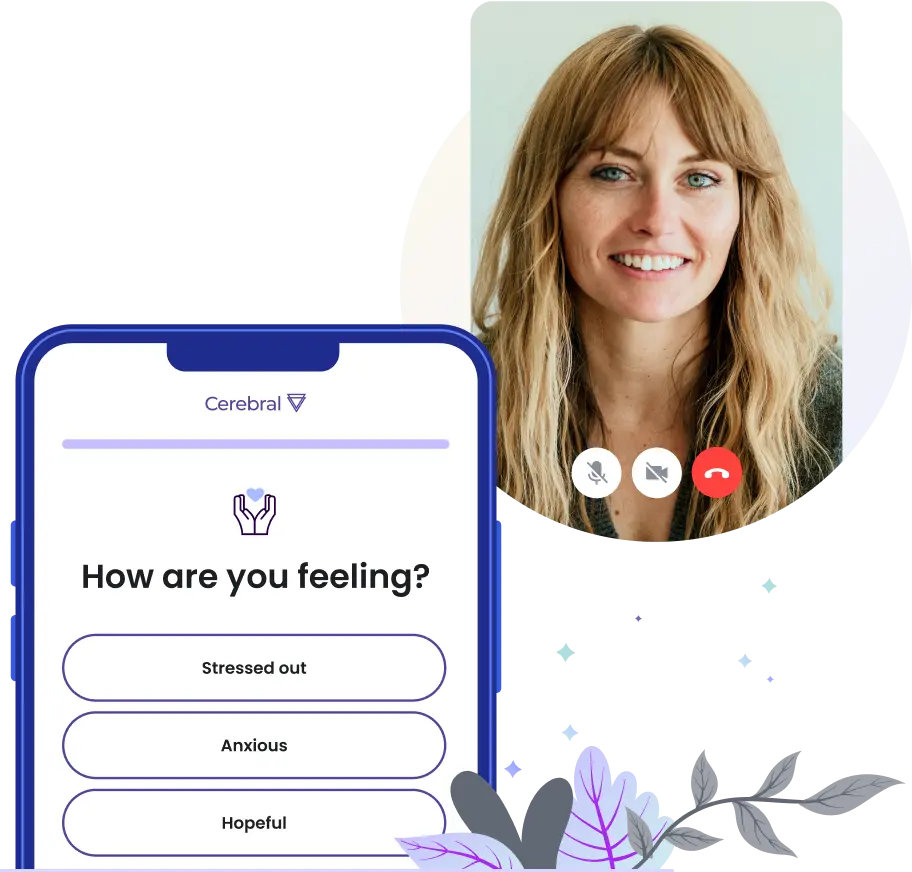5 Things to Look for in a Therapist

5 Things to Look for in a Therapist
Finding the right therapist is a personal and important step on your mental health journey. A therapist can provide the support, guidance, and tools you need to work through challenges and make meaningful progress. However, with so many options available, it can be overwhelming to know where to start or what factors to prioritize.
In this blog, we’ll explore five key factors to consider when looking for a therapist, helping you make a confident and informed choice that aligns with your unique needs and goals. Let’s dive in!
1. Accessibility
When searching for a therapist, one of the key considerations is their accessibility. While affordability is an important aspect, there are several other factors to take into account. Let's explore them in more detail:
Online vs. In-Person Therapy
In-person therapy allows you to meet your therapist in an office setting, which many individuals enjoy. However, factors such as location and scheduling can sometimes make attending in-person sessions less convenient. Online therapy typically offers greater accessibility, as it enables you to attend sessions from the comfort of your home, eliminating the need for travel and accommodating a wider range of schedules.
Flexibility
Especially if you work traditional hours, it may be desirable to look for a therapist who is able to see you in the evenings or on the weekends.
With Cerebral, you can view therapists’ availability before booking and confirming a session online. Learn more here.
Affordability
For many, a major barrier to getting therapy is cost. On average, therapy sessions cost between $100 to $300 per session. And although getting the mental health care you deserve is important, these costs can become prohibitive for many.
Cerebral partners with many major insurance providers, which may allow you to use your insurance to help cover the cost of care. You can also use HSA or FSA funds as your primary payment method. If you’re not covered, rest assured that we’ve intentionally built our service plans to be as affordable as possible, with clients paying as much as 50% less than in-person care.
2. Qualifications
Any therapist you choose must have the right qualifications and licensure. Like many medical services, becoming a mental health therapist requires engaging in years of education and training. There are multiple licenses that allow people to practice mental health therapy in the U.S., including:
- PhD or PsyD (licensed psychologist)
- LCSW (licensed clinical social worker)
- LPC (licensed professional counselor)
- LMHP (licensed mental health professional)
You can look up potential therapists’ information through the state licensing board. At Cerebral, we vet all of our therapists’ training, licenses, and qualifications.
3. Specializations
Even among licensed and qualified therapists, there is a lot of variety. It’s important to choose a mental health provider who has the specializations and expertise to treat what you, specifically, are going through.
Determine the therapist’s experience working with clients who face similar concerns as you do or on areas of focus that are important to you. During your first session, you can also ask about the specific treatment methods they use so you can find the person who best meets your needs. Having a therapist who understands the cultural context of your experiences is also an important factor many individuals consider. There doesn’t necessarily need to be an exact cultural match between you and your therapist - but many people understandably prefer to work with therapists who share parts of or have expertise in their identity.
Cerebral makes it easy and convenient by putting therapist profiles on our website, allowing you to browse all providers in your state so you can select the provider you want. And, if things don’t work out with your choice, you can switch therapists at any point.
4. Reviews and Testimonials
One way to gather information on whether a potential therapist is a good fit for you is to look for reviews and testimonials. Some therapists may not have client reviews published for the public, but you may be able to ask them to share private and anonymized testimonials. You can also search online for reviews and testimonials of the therapist.
Look for reviews that speak to the things that are most important to you when looking for a therapist. For example, you might look for reviews that mention the therapist’s experience and skill in working with the concerns you’re facing.
5. Comfort and Connection
Lastly, sometimes what to look for in a therapist can’t be measured - it’s more about following your gut. Research shows that therapeutic rapport is essential in good therapy outcomes.
When you first meet your therapist, how do you feel with them? Do you feel like they understand and respect you? Does the way they communicate with and respond to you help you feel safe and comfortable? Do you feel like you can show up as your full self in sessions with them?
These signals of good therapeutic rapport may not happen right away. It’s generally recommended to try seeing a therapist for at least three sessions before deciding whether or not it’s a good fit. But if you simply don’t feel connected with your therapist, trust your instincts and try a different therapist.
Find a Therapist with Cerebral
Cerebral simplifies the process of finding an online therapist and accessing the mental health support you deserve. Our licensed therapists are specially trained in the Cerebral Way, our intentional approach to mental health care designed to help you achieve meaningful progress.
With the Cerebral Way, you're not just a name or diagnosis. Your therapist understands your specific needs, goals, and experiences, shaping a path forward that is unique to you. Your clinician will review your goals and milestones so you can see how much progress you’re making and adjust your care if your needs change. And if you find that you're not making the progress you’d like to see with your therapist, you have the flexibility to switch to a new one at any time.

Our Care: The Resilience Methodology

A New Era of Mental Healthcare: How Cerebral Is Expanding High-Quality, Personalized Care

Using Insurance for Mental Health

Call 911 if you’re having a
mental health emergency
Text Home to 741-741 if you're in emotional
distress and need immediate support
Call or text 988 Suicide &
Crisis Lifeline. Chat service
is available at 988lifeline.org.